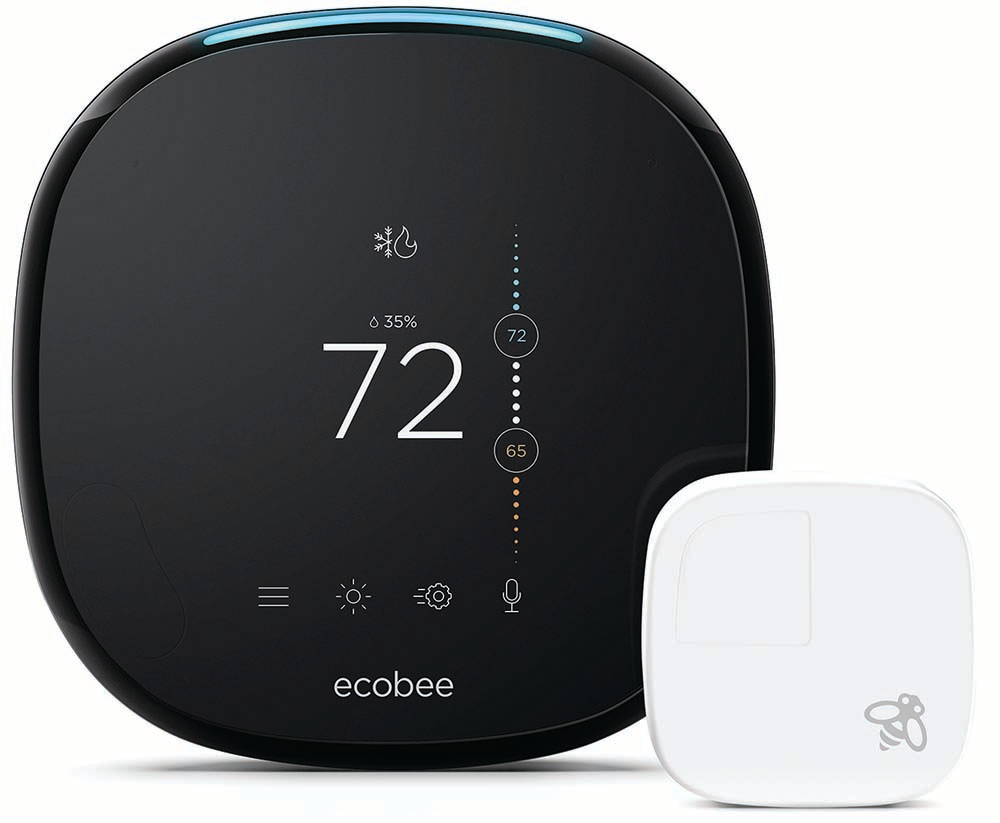
Q: It seems like I’m always hearing about some new device or app that will save energy, but I wonder if they’re worth the time and money. I want to learn about simple ways I can use technology to save energy. Any advice on where I should start looking?
A: Every new piece of technology seems to come with a lot of promise, doesn’t it? Then we have to find out for ourselves if it lives up to the hype. Here are a few products we recommend.
Smart Phone Apps
There are several energy apps available today, but two stand out. They’re free, easy to use, effective and available for both Android and iOS devices.
JouleBug is a fun app that helps you save energy. You collect points for each energy efficient move you make inside the home, on your daily commute and in daily life. The app helps you make changes and build ongoing energy-saving habits. It’s designed as a competition among friends and can help you and your family create an energy efficient household together. The app also includes fun, educational videos and links to helpful articles.
There are several energy cost calculator apps that help you identify where you use the energy most in your home. You can enter how many hours a day you use each appliance or electronic device (some have a dropdown of typical household items) and the rate you’re paying for power, which you can find on your energy bill. The app creates a total operating cost for that specific device.
How much is that hallway chandelier costing you every month, and how much would you save by turning it off for an additional hour each day? How about that second freezer or the big-screen TV? The answers aren’t exact, but they will give you a better idea of your overall energy use and help you focus your efforts on the opportunities that will save the most energy.
Smart Thermostats
A smart thermostat connects to the internet and your computer and/or smart phone through your home’s Wi-Fi and could shave $50 off your energy bill every year. Most fall within the $100 to $250 range. If the price for a feature-rich model is more than you’re comfortable spending, ask yourself if it’s worth buying a lower-cost model, or if your current thermostat is doing the job.
Here are some features to keep in mind if you’re considering a smart thermostat:
- Learning: A learning thermostat will figure out your habits and adapt––this is probably the best way to make the most of a smart thermostat’s energy-saving potential.
- Geofencing: This will detect when you leave home and return, and adjust the temperature up or down so energy isn’t being wasted.
- Additional features include remote room sensors and voice control.
Before you buy, learn what you can about the functionality of the smart thermostat’s app. And take a look at how easy it is to program the thermostat unit directly. Finally, consider the installation. Some models are more difficult to install and may require re-wiring.
Smart Power Plugs and Switches
Smart outlets and light switches are still considered a relatively new technology, and we think there are improvements that will be made over time. That said, if this is a technology you’re interested in, there are a couple of options that consumers seem to like.
Hub-based systems like the Currant Dual Smart Outlet and Philips Hue smart lighting systems are highly rated and cost about $200 or more for eight to 10 smart outlets or light switches. That’s a pretty big investment, so we recommend using an energy cost calculator app first to decide if it’s worth the additional cost.
We hope you these reviews will be helpful as you consider smart technology that promotes energy efficiency. Don’t forget to check with your local electric cooperative on additional programs and services designed to help you save on your energy bills.
This column was co-written by Pat Keegan and Brad Thiessen of Collaborative Efficiency.
For more information on energy-saving apps and devices, please visit: www.collaborativeefficiency.com/energytips.




